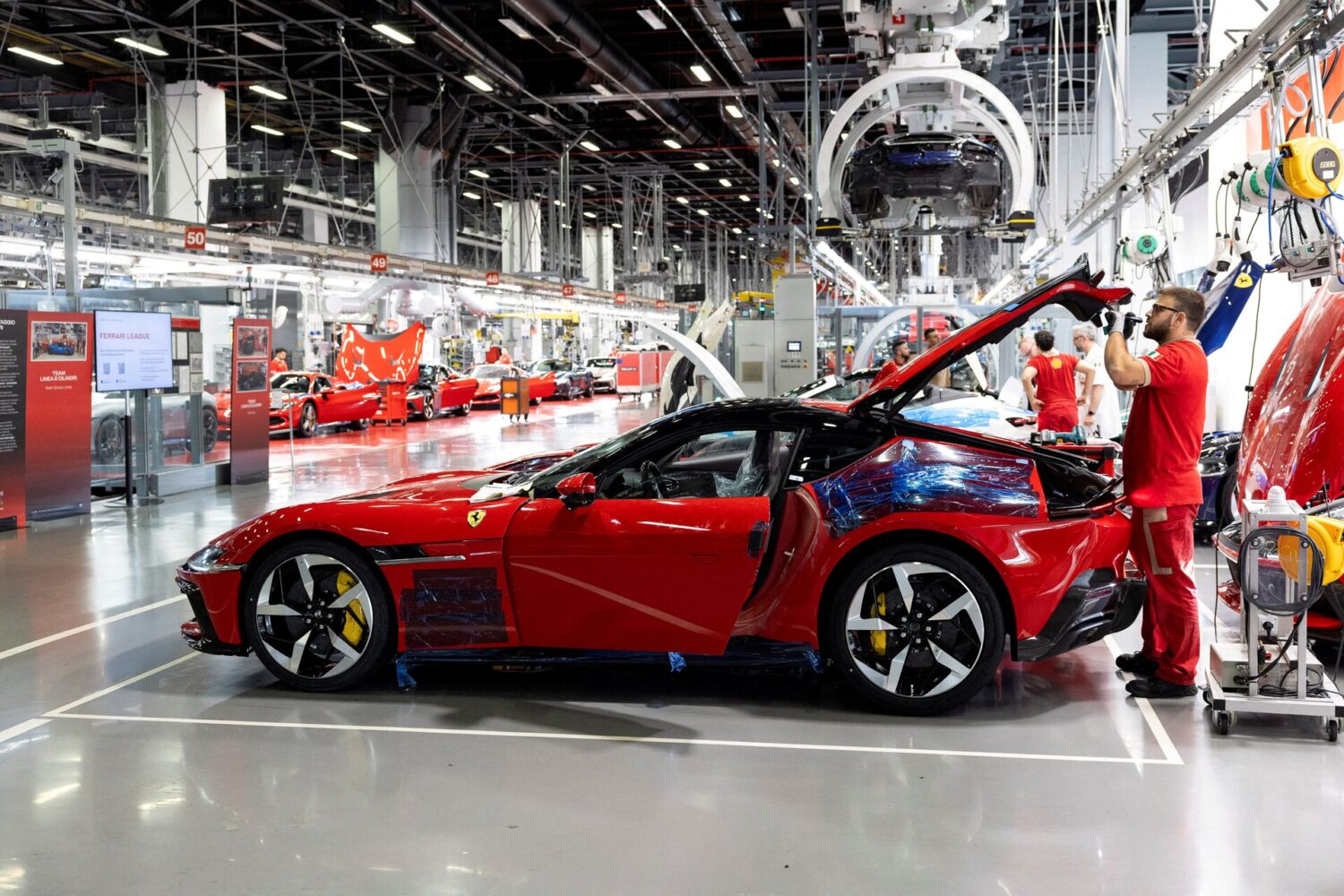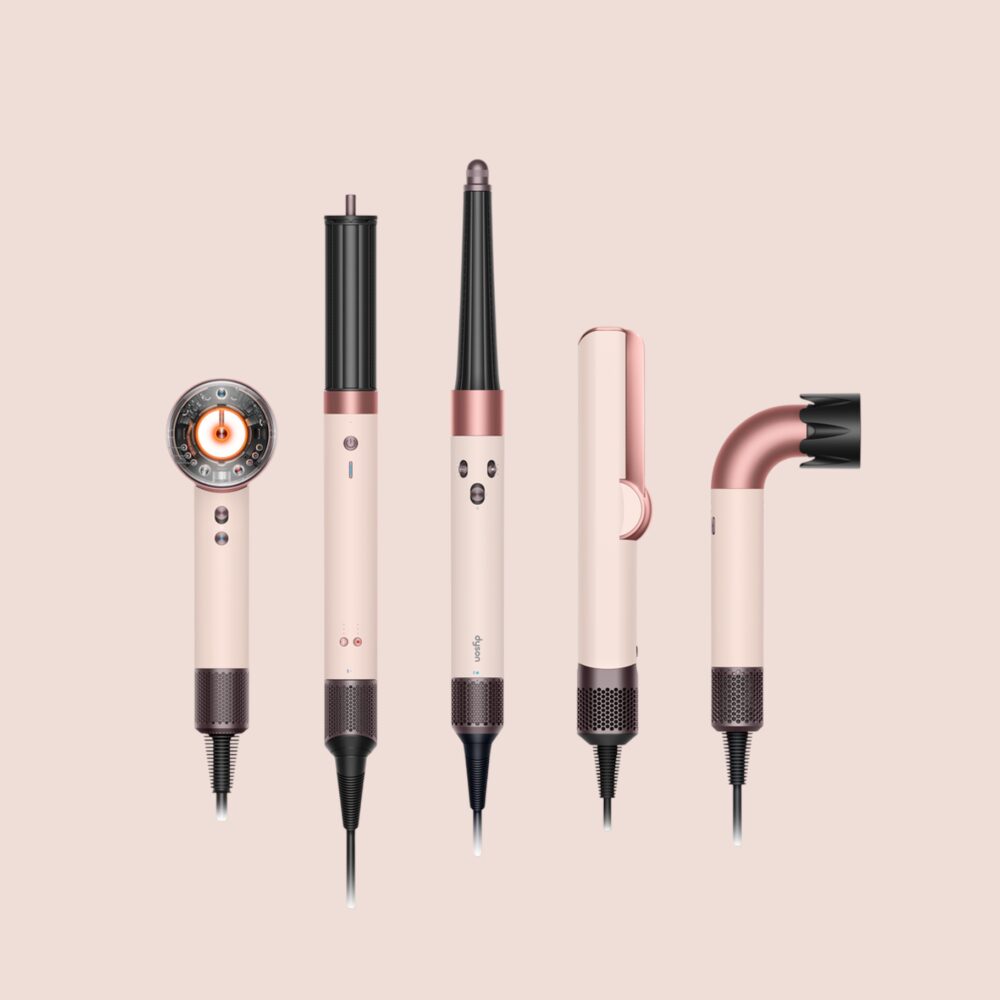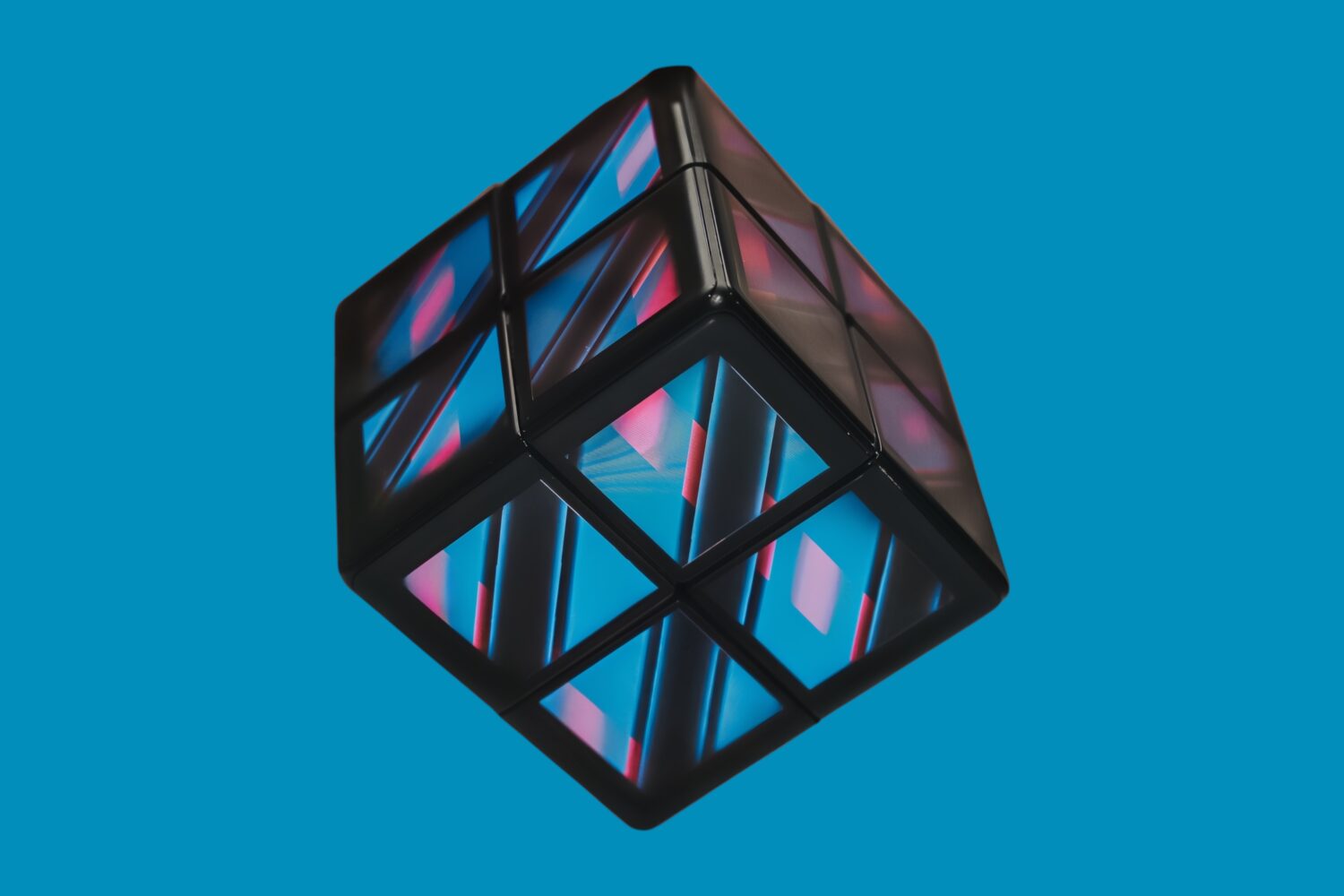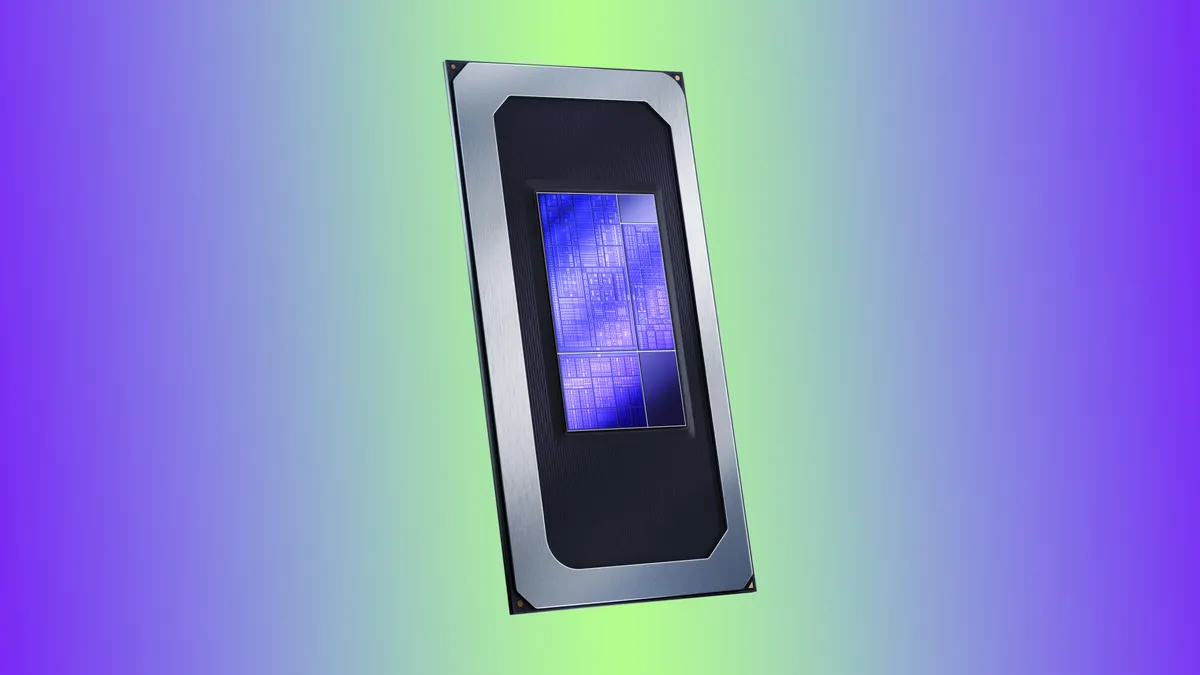Ferrari has officially unveiled details of its long-awaited first electric vehicle, confirming a four-door, four-seat model that marks a dramatic shift for the Italian carmaker while trying to preserve its defining traits — performance, emotion, and sound. Built on a new electric architecture called Elettrica, the car pairs familiar Ferrari engineering precision with emerging EV technology, suggesting that Maranello’s first zero-emissions model will be anything but ordinary.
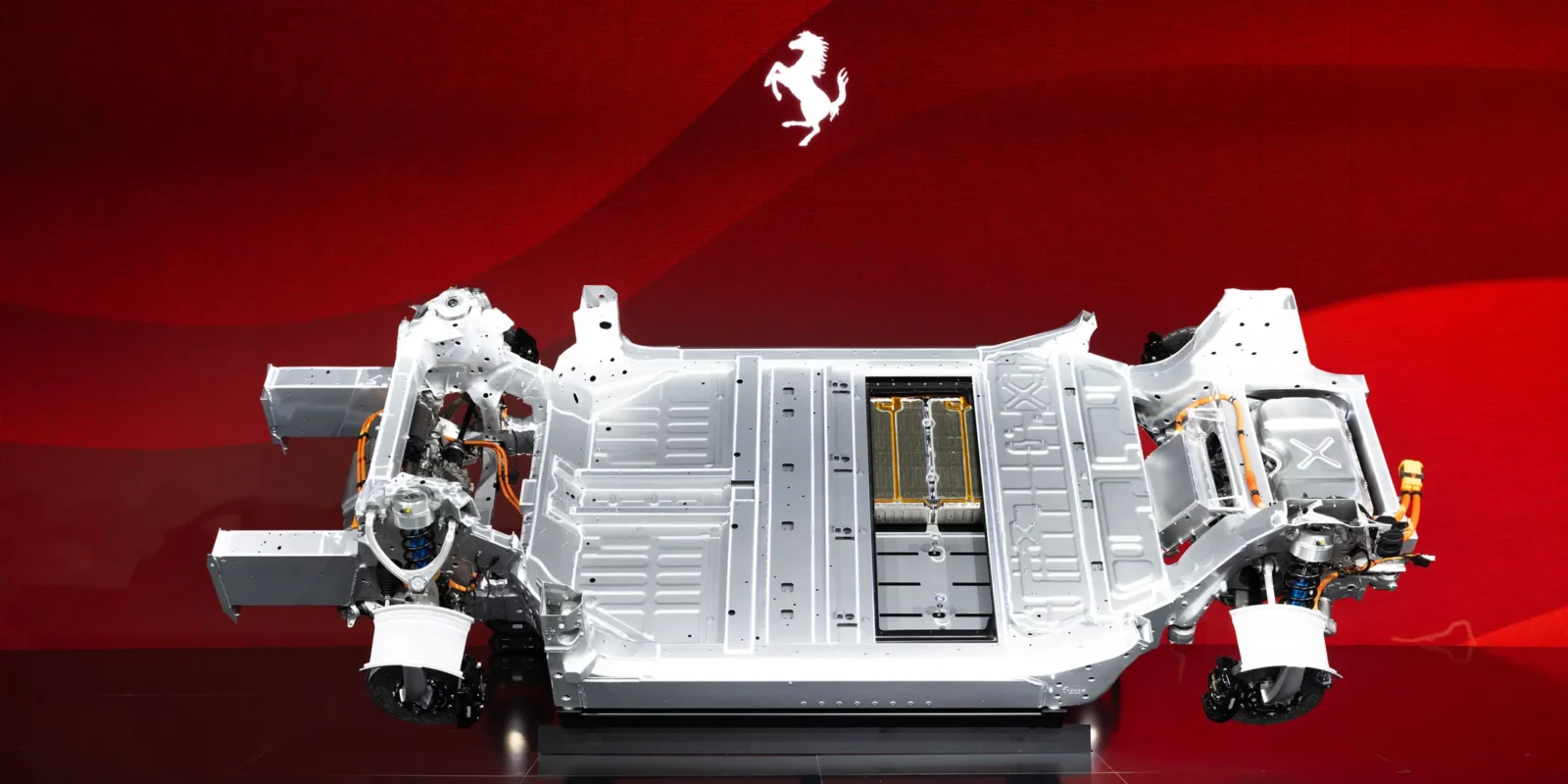
The platform features four electric motors — two at the front and two at the rear — collectively producing just over 1,000 horsepower. The result is a 0–62 mph sprint in 2.5 seconds and a top speed of 192 mph. Power comes from a 122 kWh battery pack, one of the largest in any production EV, offering more than 323 miles of range and charging speeds up to 350 kW. The system operates on an 880-volt architecture and weighs roughly 2,300 kilograms.
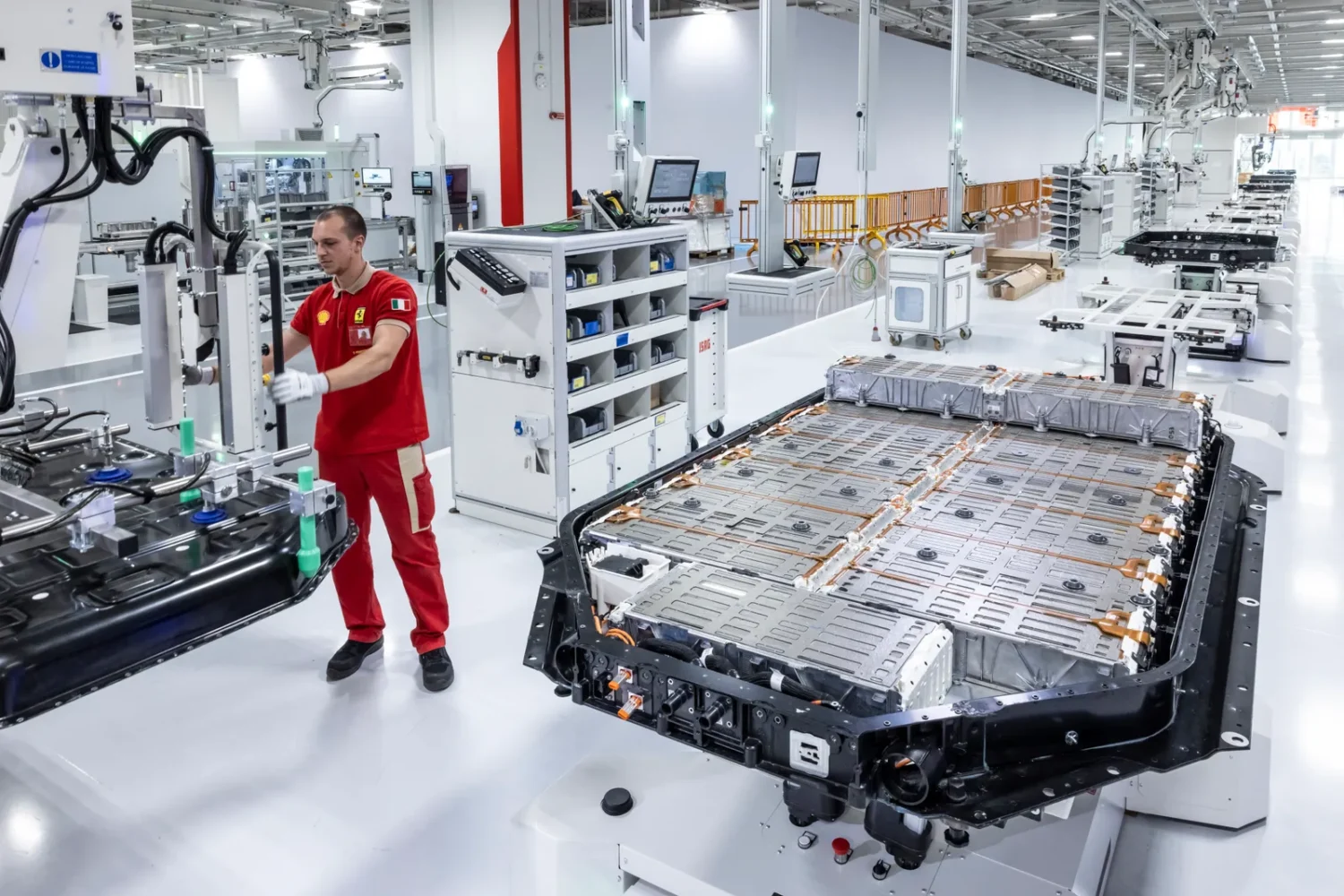
Ferrari’s engineers have focused on making the driving experience feel as tactile and immersive as that of its combustion models. Each of the four wheels has independent control of power, braking, suspension, and steering, enabling torque vectoring and ultra-precise handling. Rear-wheel steering adjusts by up to 2.15 degrees in either direction, while advanced suspension borrowed from the Purosangue and F80 hypercar continuously adapts to eliminate body roll. Despite its mass, Ferrari claims the car handles as if it were nearly 1,000 pounds lighter.
Where most EVs suffer from acoustic sterility, Ferrari says it has found a way to make sound part of the experience again. Instead of synthetic engine noise, the Elettrica uses accelerometers mounted on the rear axle to pick up motor vibrations, which are processed, filtered, and amplified into the cabin — producing what the company calls “an authentic tone belonging to the powertrain.” The sound can rise dynamically with throttle input or wheel slip, creating a responsive, instrument-like effect.
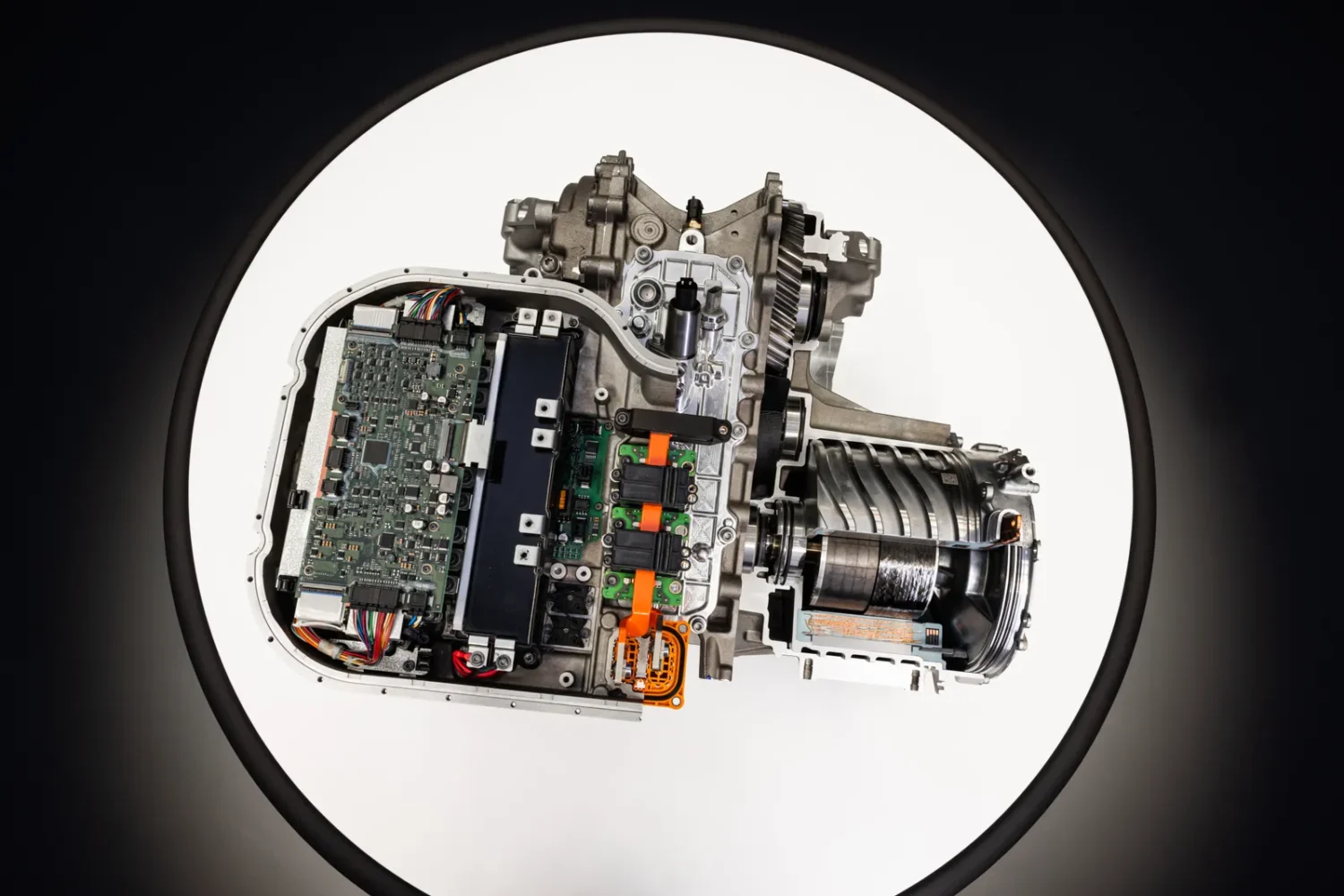
The car’s regenerative braking system can deliver up to 0.68 G of deceleration — more than half the force of a full emergency stop — while its paddle shifters control both regen strength and power delivery. Drivers can choose among three energy modes (Range, Tour, and Performance) and five drive modes, from Ice to ESC-Off, mimicking the flexibility of Ferrari’s traditional setups.
Design remains under wraps, but the interior — created with input from Jony Ive and his LoveFrom studio — will be revealed in early 2026, followed by the full model’s debut later that year. Ferrari CEO Benedetto Vigna called the project “a bigger deal than even the F80 hybrid hypercar,” underscoring its strategic importance.
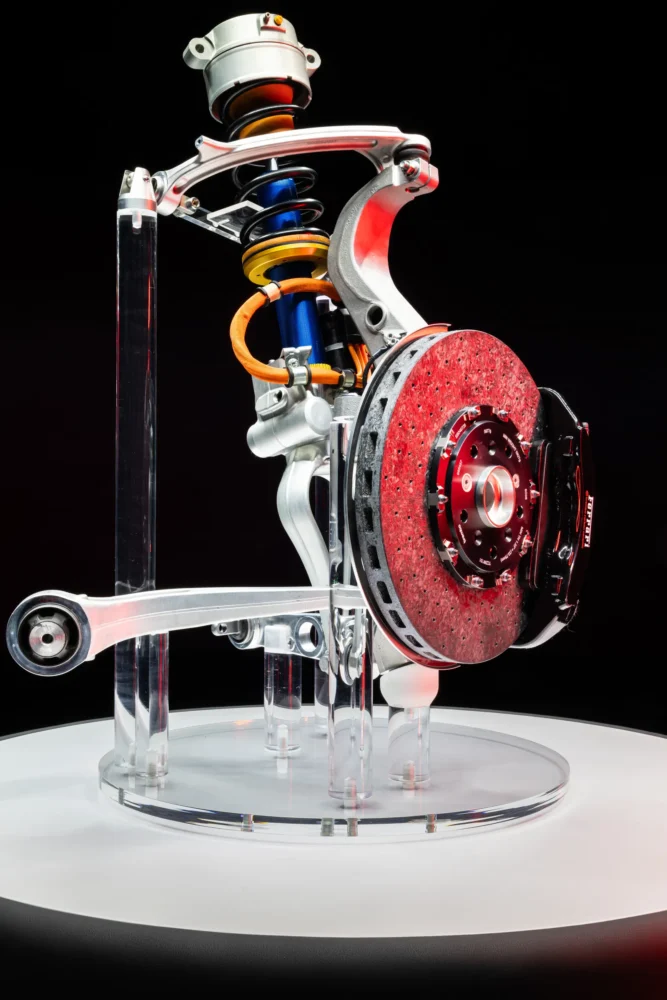
The move comes as several luxury automakers delay or rethink their electric ambitions. Lamborghini’s first EV has been postponed to 2029, Bentley has shifted its full electrification target to 2035, and Maserati recently scrapped plans for an electric MC20. Ferrari, by contrast, seems confident in its timing, balancing tradition with innovation at a moment when its competitors are hesitating.
Whether Ferrari’s approach — a blend of in-house engineering, authenticity in sound, and precise control — can redefine what an electric performance car feels like remains to be seen. But the company appears determined to prove that electricity doesn’t have to mean emotionless. As one Ferrari engineer put it, the Elettrica’s sound is “an instrument, not a ringtone.”

